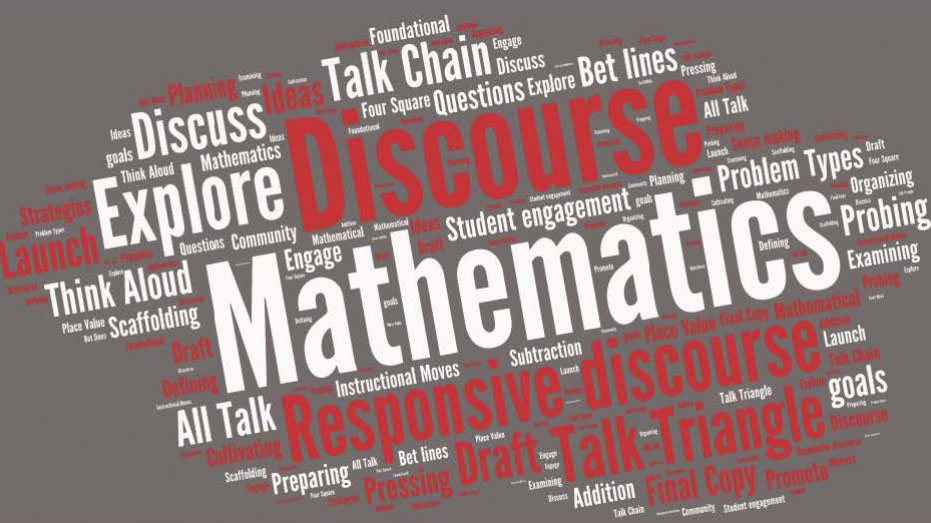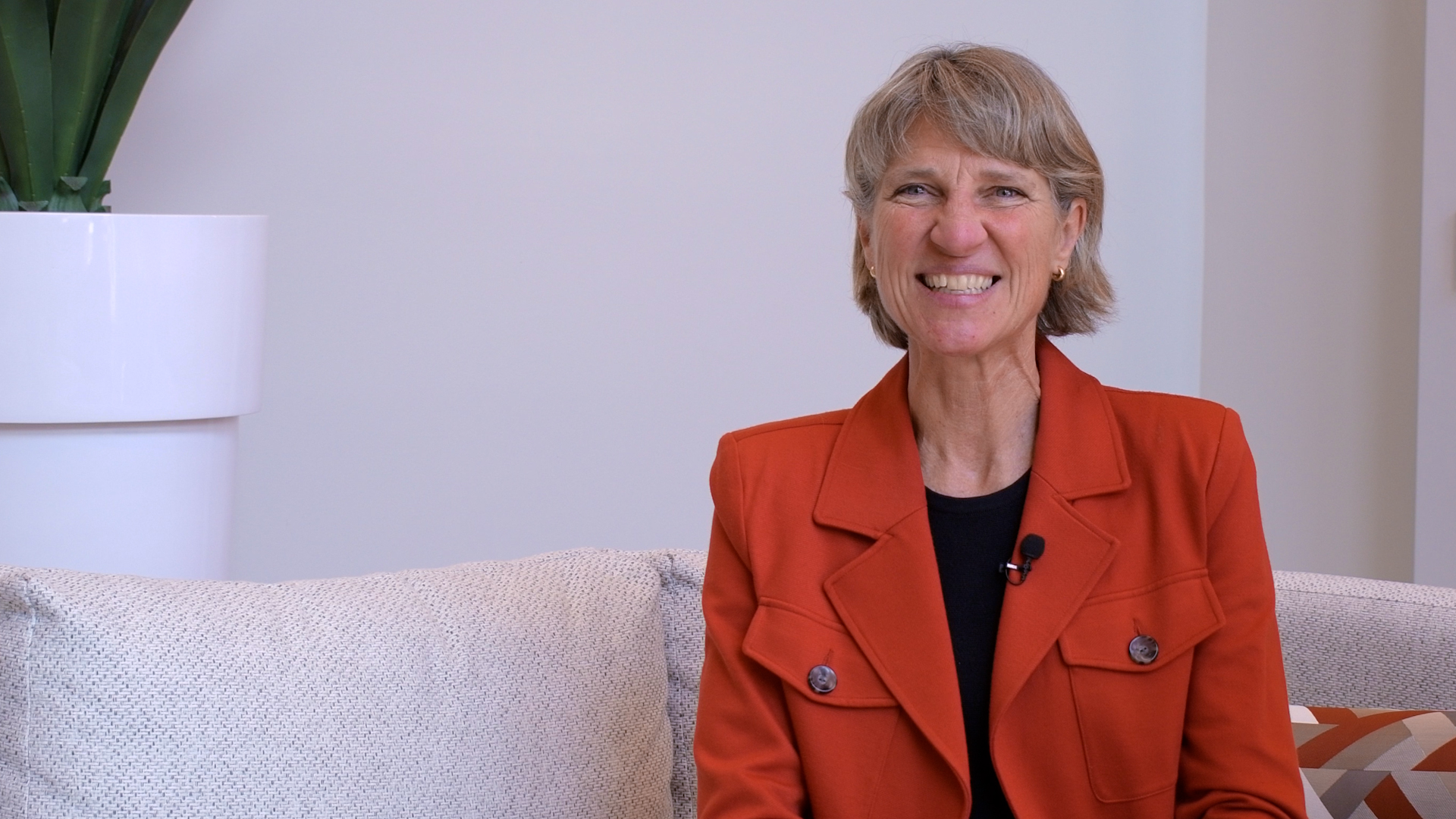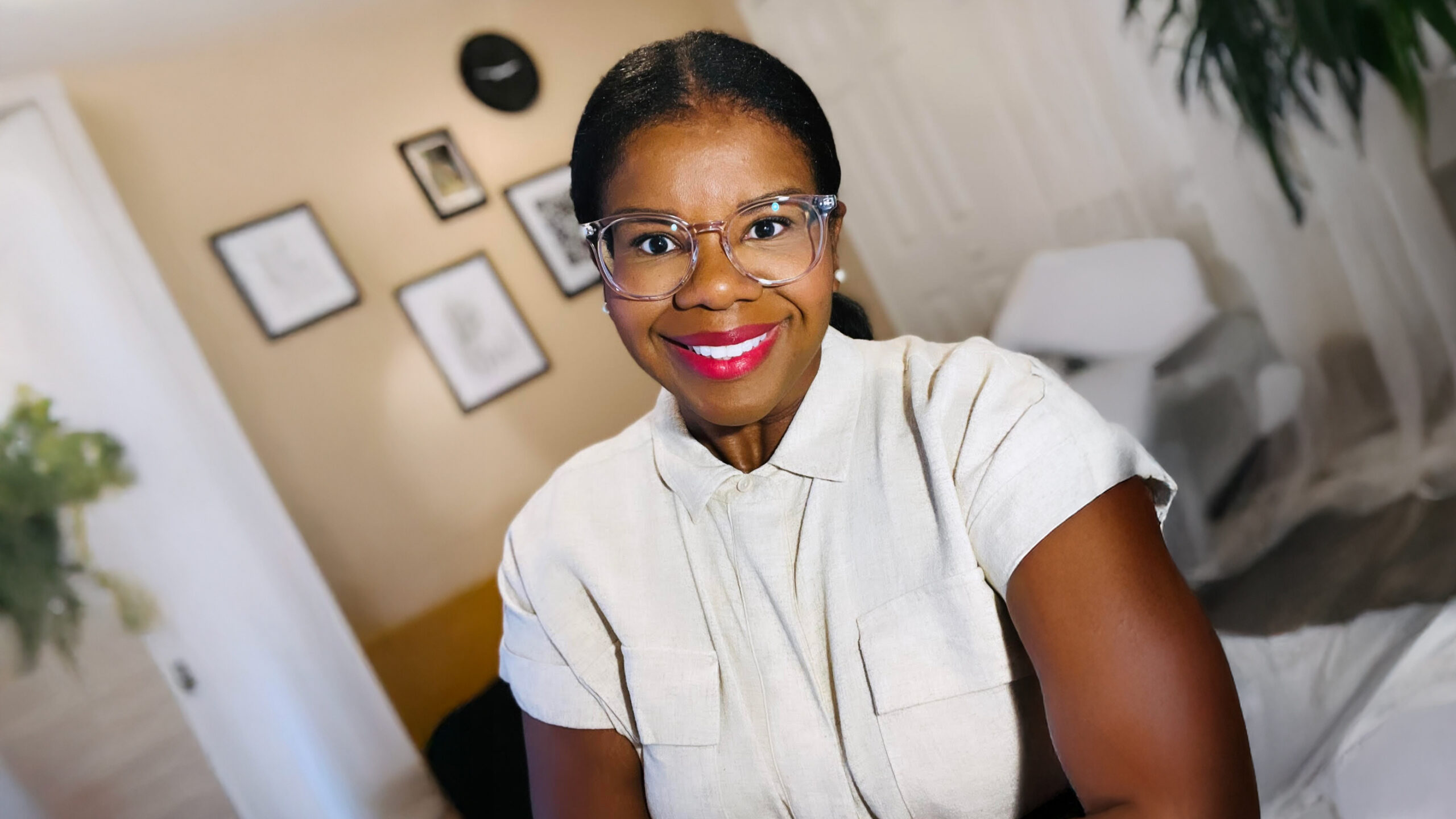Learning Math Through Language

Sometimes the best way to solve problems is to talk through them. And sometimes the best way to learn to solve problems is to present strategies to others or to probe someone else’s thinking about how they solved a problem. That’s the idea driving Dr. Paola Sztajn’s Project AIM: All Included in Mathematics.
Project AIM helps elementary school children grasp math concepts through classroom discourse. The project launched in 2010 with funding from a five-year, $2.9 million grant from the National Science Foundation (NSF).
“When Project AIM started, one of the conjectures guiding our project design was that kids actually needed to learn to talk in math,” said Sztajn, head of the College of Education’s Department of Teacher Education and Learning Sciences.
Sztajn knew children didn’t talk to one another using math-related language, or in ways that were productive for math learning. So teachers needed to be the catalyst for discussion. She worked with colleagues at NC State and at Horizons Research, as well as math coaches from Wake County schools to create a professional development program using literacy strategies to help teachers learn how to help kids “talk math.”
“We would take these strategies, translate them into math, and help teachers put them into practice in the classroom,” said Sztajn.
Project AIM partnered with the Wake County Public School System to offer the 40-hour Project AIM professional development program to second- (and later first-) grade teachers, who integrated these strategies into their lessons. Carol Mohn was one of the program’s early facilitators.
Mohn, an instructional resource teacher at Baileywick Road Elementary School in Raleigh, experienced firsthand the results of Project AIM’s innovative methods. She saw teachers strengthen their classroom leadership by helping students engage in conversations on how they solved math problems.
“Students were confident because teachers were more confident in their teaching. The children now have a greater mathematical concept understanding,” said Mohn.
“They have a phenomenal ability to talk about math and it shows.”
Camille Miller, a principal at Willow Springs Elementary School in Willow Springs, North Carolina, echoes those sentiments.
“They [the students] more deeply understand mathematics as opposed to just learning a formula or set of steps,” she said.
Project AIM was particularly interested in supporting students who are English learners, and teachers, coaches and principals are seeing a difference in the ways these students participate in math talk in their classrooms.
Having worked with more than 200 teachers, Project AIM demonstrated that teachers can learn math through professional development. Teachers can also change their beliefs about mathematics instruction and their instructional practices. Although changes in teachers have been well documented, and reports from participants continues to supports the conclusion that students are learning more math, Project AIM was not designed to measure changes in student achievement.
Due to Project AIM’s success, in 2015 Sztajn returned to NSF and secured a new $2 million grant to expand her research efforts, which would focus more on students and show how teaching strategies developed in the first grant affects mathematics learning.
“We wanted to connect the other piece of the puzzle,” said Sztajn. “We connected the professional development to teacher change, and now we want to connect these changes in teachers to student learning, particularly for English learners.”
The new grant will allow Project AIM researchers to explore this potential impact. Sztajn also hopes to achieve equitable classroom instruction, where all students are included in math conversations, regardless of background or learning ability. With greater equity, more students will gain the confidence to succeed in math throughout their school career, she states.
“At every level, we need to have teachers who can engage all kids and help them talk about math in ways that are productive,” she said. “If you manage to get kids to start talking this way early on, they will carry it with them.”
Learn more about Project AIM: All Included in Mathematics and our many other research projects.
- Categories:


